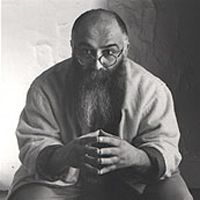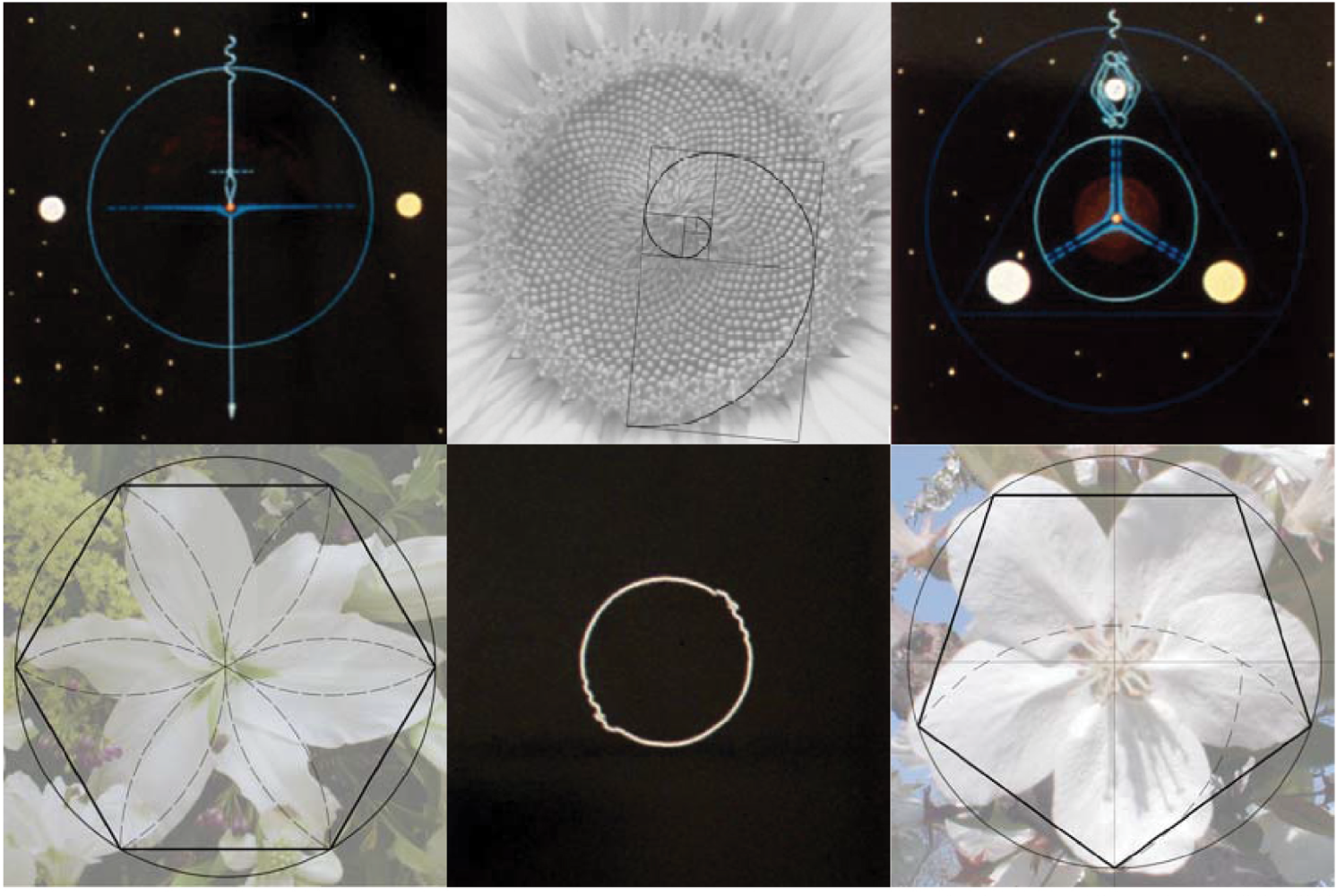Michael Kalil Endowment
The Michael Kalil Endowment for Smart Design was established in 2001 in memory of designer Michael Kalil at the School of Constructed Environments. The mission of the Endowment is twofold: to foster the understanding of the design intersections between nature and technology and to support a heightened sense of responsibility for increasing the sustainability of built environments. Each year the Endowment awards Memorial Fellowship Project Grants.
The Michael Kalil Endowment for Smart Design was established in 2001 at the School of Constructed Environments (SCE) in memory of designer Michael Kalil. The mission of the Endowment is to promote understanding of the design intersections between nature and technology and to foster a heightened sense of responsibility for increasing the sustainability of all design fields. Each year the Kalil Endowment awards multiple Memorial Grants, given to New School students working in the spirit of Michael Kalil. Recipients of a Kalil Grant are expected to present their findings at the Kalil event the following academic year.
The Endowment Grants are awarded to students of the New School University. Grant recipients use their award monies to support a project or course of study that intersects between nature and technology increasing sustainability. Projects might include: travel, attendance or participation in workshops, conferences, meetings, participation in design competitions, pursuit of an independent course of study, and/or scholarly research and publication.
APPLICATION
2024 APPLICATION DEADLINE : May 15, 2024
RESULTS ANNOUNCED: May 20, 2024
2024 MICHAEL KALIL ENDOWMENT APPLICATION (link here)
Several $5000 Grants will be awarded this year to support the project of an undergraduate or graduate student, or a team of students working in collaboration across the New School. Proposal reviews will be blind, without indication of the author(s) on or in the proposal itself. Each proposal is given a reference number in order to keep track of personal information and proposal materials.
Applicants must submit a proposal including;
1. Proposal Title
2. Project Summary: a precise description of what you are exploring in your project.
(max. 900 character count)
3. Statement of Interest: a description of issues and applicant’s interest relevant to the design intersection of natural and technological systems and their general relevance to the proposal.
(max. 5000 character count)
4. Project Proposal: a detailed description of the work plan, anticipated outcomes, research, or course of study.
(max. 5000 character count)
5. Proposed Budget: a detailed itemized budget.
* Applications may include support material including images and videos. Only PDF files and video files allowed with a 100MB limit.
KALIL ENDOWMENT GRANT RECIPIENTS
Since 2001 the Kalil Endowment has awarded Memorial Grants to individuals working in the spirit of Michael Kalil. Grant recipients use their award monies to support a project or course of study that will both increase their understanding of the intersections between nature and technology as well as make a contribution to environmental sustainability.
2019
Pseudomonas Syringae: Phytopathogen, Ice-nucleator, and Bio-precipitator, Ethyn Maki
Vibrant Cells, Ana Remis
Crop Circle: The Future of Sustainable Agriculture, Abe Weissman
2018
RePurpose Plastic, Adam Kurji Chagani
Daylight-Fidelity (DA-FI), Mreenmoy Paul
ECHO, Du Ren
2017
Digital Manufacture for The Tagua Nut, Stephanie Cobo
Bee.Org, Matias Botero
The Language of Light, Tripti Sahni
2016
Disposables That Last, Tim Ronco and Joonas Kyöstilä
Sunlight, Tectonics and Urban Space, Yuliya Savelyeva
2015
Green Infrastructure, Tamara Streefland and Jesseka Mae Emerick Metts
Jhoule, Yogita Agrawal
2014
Rainwater Collection at Amenawon in Lagos, Shirley Bucknor and Anze Zadel
Steam Punks, Kristen Kersh and Mehdi Salehi
2013
Flush Design Dry, Rebecca Rand
Flexible Apertures, Jacinda Ross
Coastal House Prototype, Vincent Appel
2012
Triangulo de Cafe, Stephanie Rodriguez
Underground Dwellings in China for Sustaining Society, Linda Xin and Haixiao Jiang
Actuated Structural Tube Prototypes for Lightweight Skyscrapers, Tristan D’Estree Sterk
2011
Water, A Study of Indian Step Well Archetypes, Lily Wong
From Interiors to Urban Enclaves: Scaling Sustainable Water Strategies, Elizabeth Parker
Brise-Soleil Brazil: A Study of Solar Control Devices in Brazil, Jeremy Barbour ad Ravi Raj
2010
The Farmer, Bless Yee
Arboretum Transit, Zane Murray, Jane Lien, and Ryan Raffa
STeM: Open-source Street Tree Mapping & Environmental Stewardship Network, Philip Silva and Elizabeth Barry
2007
Urban Development Patterns of Brazil, Matthew Bissen
Daylight in Urban Architecture, Matthew Tanteri and Margaret Maile
Bio-Wall, Emmanuelle Chammah
Nanomaterials, Laurie Manfra
Emergency Housing, Alice Chun
2006
Sustainable Housing Technologies, Leah King
Sustainability in China, Stine Christiansen
Staten Island Development and Landscape, Matthew Herman
Material Properties and Application of Wood, Marta Morais
Form as Adaptation to Place, Lance Hosey
2005
Green Roof Technologies, Michael Hargens
Selecting Sustainable Materials, Matthew Baird
Andiolic Daylighting Systems, Sian Kleindienst
Williamsburg Waterfront Remediation, FABRICAthree
Architects and Sustainable Housing, Paul Makovsky
2004
Centralia Park Centralia Pennsylvania, Kassia Walker
Living House, Michael Morris and Yoshiko Sato
Wind Turbine Research, Elizabeth Taylor
Sustainable Practices, Jennifer Magee
2003
Living House, Shai Turner
Conceptual ‘Skins’ in Building Design, Ian Keough
Opposing Attitudes in Design, Charles Wolf
Sustainable Practices, David Rifkind
Water Management at Urban Scale, Andrew Karvonen
Roewu:Architecture NYC, Steve Roe and Chiafang Wu
Industrial Architecture Research, Molly Hogle
2001-02
Wetlands and Sticky Space, Luis Berrios-Negron
Villa Girasole by Invernizzi, Lewis Tsurumaki Lewis
Archilab Economy of the Earth, Eric Bunge
Sustainable Practices in East Africa, Steve Clark
Movit, Laura Briggs
KALIL ENDOWMENT FELLOWS
From 2001 through 2014 the Kalil Endowment sponsored a fellow. The Kalil Fellow offered a public lecture and participated in the academic life of Parsons School of Design during the course of their visit. Fellows were selected from an international community of scholars and practitioners working in the spirit of Michael Kalil.
2013-14 Emily Pilloton
2012-13 David W. Orr
2011-12 Nicholas de Monchaux and Angelo Vermeulen
2010-11 Walter Hood
2009-10 Sheila Kennedy, Sabine Seymour, and Frano Violich
2006-07 Majora Carter
2005-06 William Cronon
2004-05 Jaime Lerner
2003-04 Julie Bargmann
2002-03 Thomas Herzog
2001-02 William McDonough
ABOUT MICHAEL KALIL

Michael Kalil (1944-1991) was an educator, designer, interior architect, and artist. He was the principal designer of the Kalil Studio. NASA contracted Kalil Studio for advanced research studies on the interior architecture of the Space Station’s Habitation Module. Michael Kalil taught at Parsons School of Design, New York School of Interior Design, Columbia University, and the University of North Carolina. Along with Guiseppe Zambonini he founded the Open Atelier of Architecture and Design in 1979. In 1980 he received the Interior Design Award for an automated office space designed for Armstrong World Industries. In 1994 Michael was honored posthumously by Pratt Institute for outstanding alumni achievement in design. Mr. Kalil’s work has been exhibited at The Museum of Modern Art, Museum of Contemporary Crafts, the Fort Worth Museum of Modern Art, the Whitney Museum of American Art, and the San Paulo Biennial. Articles on his work have appeared in the New York Times, Interiors, Progressive Architecture, Architecture Cree, Omni, Craft Horizon, House and Garden, Look, and Esquire . Michael Kalil’s career included many disciplines encompassing the work of educator, interior architect, philosopher, scientist, and artist. In addition to NASA, clients of the Kalil Studio included The Museum of Modern Art, Armstrong World Industries, and Tiffany & Co.
Please see the Michael Kalil Collection in the Kellen Design Archives and in the MoMA Collection for detailed information and images of Kalil’s work.
